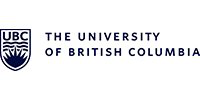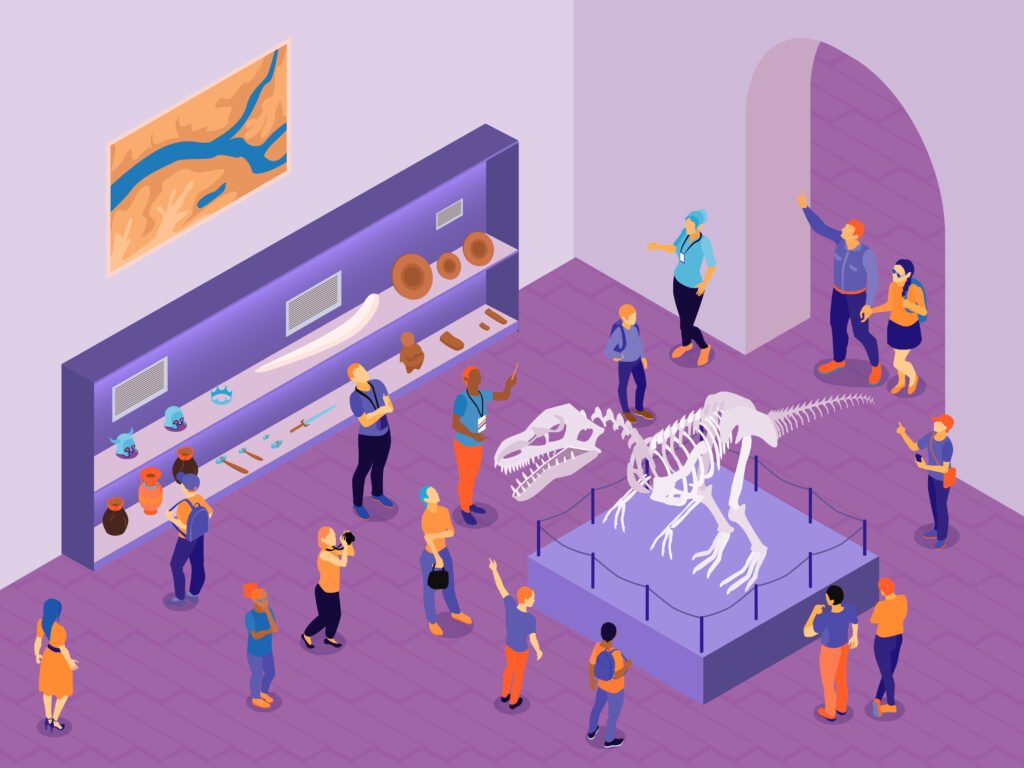The online light simulations on this page will help you to discover what light is from a physics point of view. We will discover the nature of light and its most important properties, as well as the relationship between light and color.
What is light
Light is a form of electromagnetic radiation that behaves either as a particle (photon) or as a wave. This dual property of light is described by quantum theory and electromagnetic theory. According to quantum theory, light is composed of photons, massless particles that travel at the speed of light and have energy and momentum. According to electromagnetic theory, light propagates as an electromagnetic wave, with characteristics such as wavelength, frequency, amplitude and speed.
Properties of light
The fundamental properties of light derive directly from its dual nature. The speed of light in a vacuum, approximately 299,792 kilometers per second, is a universal constant that influences how light interacts with different media. Wavelength and frequency determine the color and energy of light, respectively, while amplitude is related to its intensity or brightness. These properties allow light to behave in diverse ways, giving rise to phenomena such as reflection, refraction, and dispersion, which explain how we perceive the world visually and how they are applied in multiple technologies.
Electromagnetic spectrum and visible spectrum
The electromagnetic spectrum encompasses all forms of electromagnetic radiation, which vary in wavelength and frequency, from low-frequency radio waves to high-energy gamma rays. Visible light is only a small fraction of this spectrum, with wavelengths ranging from approximately 380 (violet) to 740 (red) nanometers. This visible portion is what our eyes can detect and is associated with the different colors we perceive.
Propagation, reflection, and refraction
Light interacts with matter in various ways. It can be reflected, absorbed or transmitted by different objects. Reflection occurs when light bounces off a surface, such as a mirror. Absorption occurs when light is captured by an object and converted into thermal energy. Transmission occurs when light passes through a medium without being absorbed or reflected.
Light and color
Light and color are closely related, as color is the perception that our brain interprets from different wavelengths of visible light. When light hits objects, some wavelengths are absorbed and others are reflected or transmitted, giving rise to the colors we see. Furthermore, color depends not only on the physical properties of light and materials, but also on how our eyes and brain process this information, making color perception a complex and fascinating phenomenon.
Origin of color and absorption/emission
Color arises from the interaction between light and matter, mainly through the processes of light absorption and emission by atoms and molecules. When a material absorbs certain wavelengths and emits or reflects others, the color we perceive is generated. For example, the characteristic emission spectra of different elements allow substances to be identified and are used in analytical techniques such as spectroscopy.
Color in molecules and structures
Pigments and chromophores in molecules are responsible for selective light absorption, which determines the color that objects display. These chemical compounds have specific structures that allow the absorption of certain wavelengths, influencing the visible color. In addition, some colors in nature do not come from pigments, but from physical structures that generate effects such as iridescence or structural color.
Human vision and color perception
Color perception depends on the human visual system, especially the receptor cells called cones in the retina. These cells are sensitive to different wavelength ranges and send signals to the brain, where the information is interpreted to create the experience of color. Factors such as lighting and context also influence how we perceive colors.
Applications of light
Light has numerous applications in technology and everyday life. It is used in lighting, optical communication (such as fiber optics), photography, medicine (such as laser therapy), precision optics, display technology (such as LED and OLED displays) and many other fields.
Explore the exciting STEM world with our free, online simulations and accompanying companion courses! With them you'll be able to experience and learn hands-on. Take this opportunity to immerse yourself in virtual experiences while advancing your education - awaken your scientific curiosity and discover all that the STEM world has to offer!
Light simulations
- Molecules
- Primary
- RGB
- Color
- Rainbow
Molecules and light
Turn on the light source to explore. Watch what happens in the observation window as you set up different combinations of light source and molecule. This simulation has a zoom function, so you can enlarge sections of the simulation for a closer look, if necessary.
File
Colores primarios
Primary colors are those that cannot be obtained by mixing other colors. They are the basis for the creation of all other colors in different color models. There are two primary color models. The additive (RGB) model is used in displays and electronic devices. Its primary colors are red, green and blue. By combining them in different intensities, other colors can be formed, including white. The subtractive model (CMY/CMYK) is used in printing and pigments. Its primary colors are cyan, magenta and yellow. By mixing them in different proportions, other colors are obtained, and by combining them all theoretically black is obtained. Each color model is applied according to the context in which the color combination is needed. In this simulation you can mix colors following the two models and observe the results.
RGB model
Observe in this simulation the effect on an image of varying the mix of primary colors according to the RGB model.
Color vision
Create a rainbow by combining red, green and blue light. Change the wavelength of a monochromatic beam or white light filter. See light as a solid beam, or as individual photons.
File
Rainbow colors
El arcoíris se compone de siete colores principales, ordenados según su longitud de onda: Rojo (el más externo, con la mayor longitud de onda), Naranja, Amarillo, Verde, Azul, Índigo y Violeta (el más interno, con la menor longitud de onda). En realidad, no hay un número fijo de colores, ya que el arco iris es un ejemplo natural de la descomposición de la luz blanca y es un espectro continuo de luz visible. Los siete colores son una simplificación tradicional. Observa en esta simulación como cambia el espectro de color al modificar la frecuencia y la amplitud de los colores primarios.
- Beam
- Molecules
- Color
Beam of light
Beams of light coming from a light source can be divergent, convergent or parallel. Find examples of parallel rays in addition to the sun’s rays.
Molecules and light
Turn on the light source to explore. Watch what happens in the observation window as you set up different combinations of light source and molecule. This simulation has a zoom function, so you can enlarge sections of the simulation for a closer look, if necessary.
File
Color vision
Create a rainbow by combining red, green and blue light. Change the wavelength of a monochromatic beam or white light filter. See light as a solid beam, or as individual photons.
File
Giants of science
“If I have seen further, it is by standing on the shoulders of giants”
Isaac Newton

Christiaan Huygens
–

Albert Einstein
–
Become a giant


Synchrotrons and X-Ray Free Electron Lasers (part 1)


Silicon Photonics Design, Fabrication and Data Analysis



Nanophotonic Modeling



Fiber Optic Communications



AP® Physics 1 – Part 4: Exam Prep



AP® Physics 1: Challenging Concepts



AP® Physics 1 – Part 2: Rotational Motion



Circuits for Beginners






























